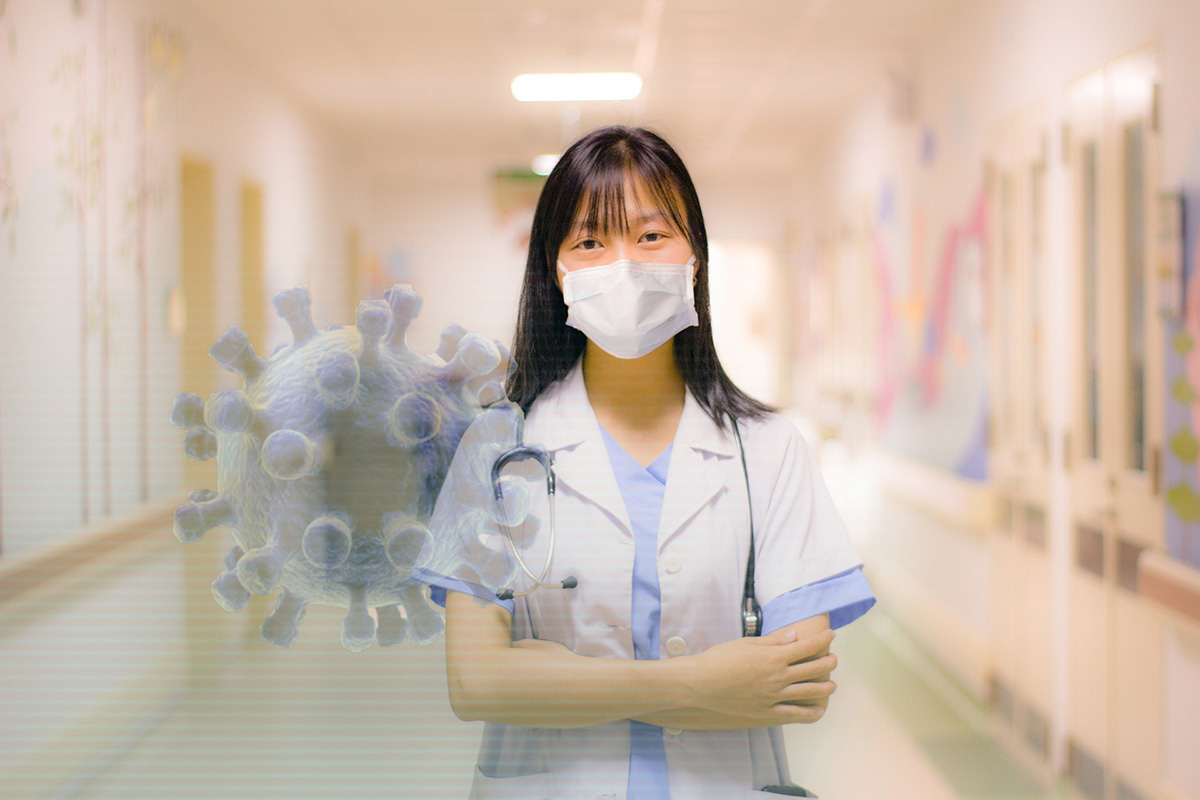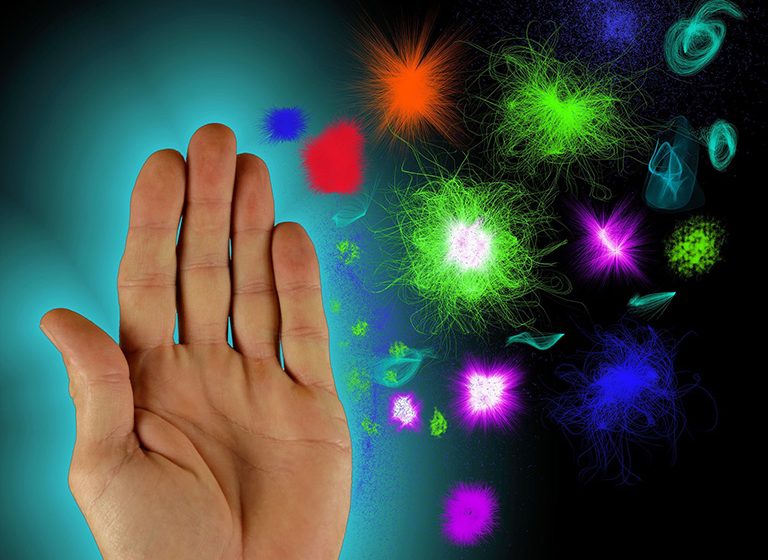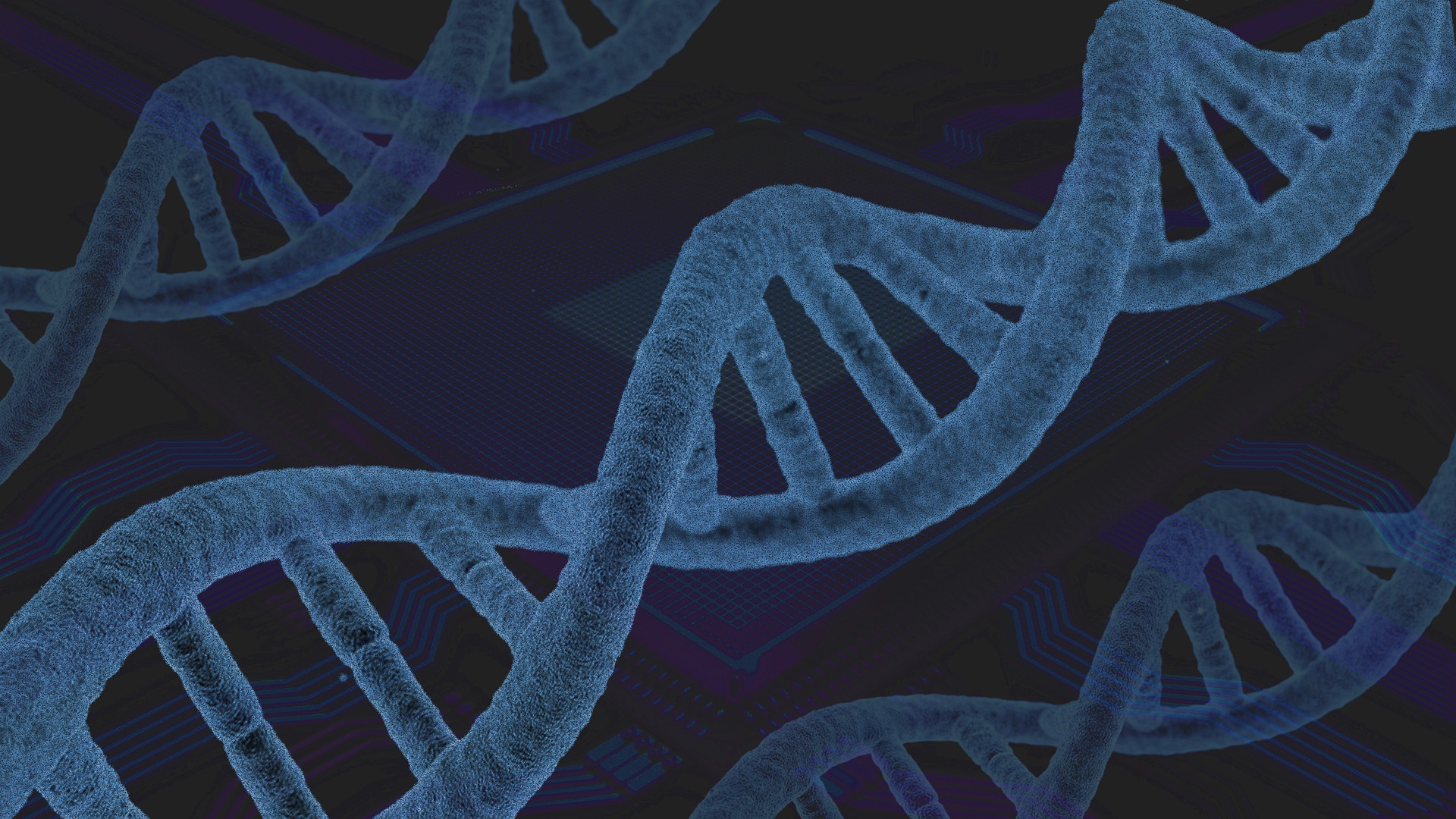UV-C Technology
All kinds of professions need decontamination solutions for these challenging times, and that is why Deconpro devices pave its way where are needed the most.
Deconpro devices use UV-C light to kill/inactivate viruses
and bacteria. UV light energy has to be absorbed in order to do just that.
DNA and RNA which send master instruction to the cells are absorbing UV light that damages these nucleic acids thus preventing cell replication. If enough UV-C light (40+ mJ/cm2) is deployed, DNA repair ability is destroyed.
Ultraviolet (UV) radiation is a well-documented virus, bacteria and other pathogens and microorganism inactivation approach.
UV-C decontamination has multiple advantages over other forms od decontamination, especially liquid and heat decontamination procedures. It also has potential to be used in multiple or even limitless industries.
Combined with other safety protocols UV-C decontamination can create safer environment for employees as well as general population.
Decontamination times are short when using UV-C technology. A typical decontamination cycle takes as little as 15 minutes. This way, areas are disinfected within fast cycles.
UV-C devices are powered using common electric powersockets, making operating costs low.
UV-C devices are easy to maintain and do not require complicated maintenance due to their simple structure.
UV-C lamps usually last for thousands of hours of use. This also lowers the cost of replacement needs and maintenance.
UV-C decontamination also have some disadvantages as any other forms have too. Distance and object coverage are some of those but we will talk more about those in future articles.
When we come to SARS-CoV-2 virus, Far-UV-C light (222nm) also shows to be the most efficient and safe in the inactivation of said virus…
Paper currency and coins may be a public health risk when associated with the simultaneous handling of food and could lead to the spread of nosocomial infections…
Decontaminating work apparel is probably the best way to reduce sick-related leave costs in times of epidemics or pandemics…
The influenza virus can “live” on some surfaces for up to 48 hours. Routine cleaning of surfaces may reduce the spread of flu…
The effective resistance of many types of microorganisms to UV-C varies considerably. We should know that the germicidal effect starts directly after the irradiation…
All kinds of germs are found in public transport vehicles, so it is important to take care of that part of public health security by disinfecting those vehicles the proper way…







